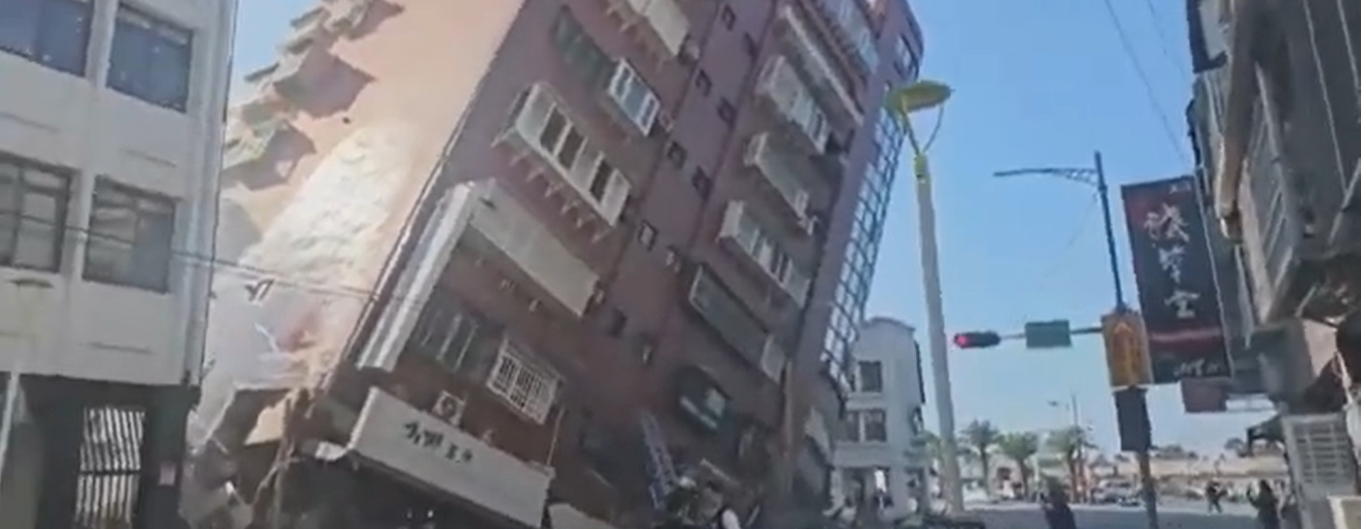The Ring of Fire: The Taiwan Earthquake
The Ring of Fire, also known as the circum-Pacific belt, is a horseshoe-shaped region around the Pacific Ocean characterized by intense geological activity. Encompassing roughly 40,000 kilometres (25,000 miles), it’s a dynamic zone where tectonic plates collide, grind, and subduct, leading to a staggering concentration of the Earth’s volcanoes and earthquakes. This essay delves into the Ring of Fire’s formation, the geological processes that fuel its activity, its impact on the surrounding regions, and the recent earthquake in Taiwan, a stark reminder of the Ring of Fire’s power.
A Fiery Birth: Plate Tectonics and the Ring of Fire’s Formation
The Earth’s crust is not a single, rigid shell. Instead, it’s broken into a dozen or so large, interlocking plates floating on a molten mantle layer. Plate tectonics, the theory that explains the large-scale motions of these plates, is the driving force behind the formation of the Ring of Fire. The Ring of Fire follows the boundaries of the massive Pacific Plate. As this plate moves westward, it interacts with numerous smaller plates surrounding it.
These interactions can occur in two main ways:
Subduction:
One plate dives beneath another in subduction zones, forcing it into the mantle. The subducting plate heats up and releases fluids, which can trigger melting in the overlying mantle rock. This molten rock, magma, rises to the surface, forming volcanoes.
Collision:
When two plates collide head-on, neither can be easily subducted. Instead, their immense pressure crumples and folds the crust, creating mountain ranges and triggering earthquakes. The Ring of Fire is a prime example of subduction and collision zones. Subduction zones are responsible for the volcanic chains that line the eastern edges of Asia and the Americas. Conversely, collisions have produced iconic mountain ranges like the Andes in South America and the Himalayas in Asia.
A Fury of Nature: Earthquakes and Volcanic Eruptions
The Ring of Fire is not just a geological marvel; it’s a region of immense power and potential danger. The constant movement of tectonic plates leads to a high frequency of earthquakes. 90% of the world’s earthquakes occur along the Ring of Fire, including some of the most potent seismic events ever recorded. The 9.0 magnitude Tohoku earthquake and tsunami that struck Japan in 2011 is a horrifying reminder of how destructive these natural disasters can be and serves as a terrifying reminder of these events’ destructive potential.
Volcanic eruptions are another significant threat posed by the Ring of Fire. Roughly 75% of the world’s active and dormant volcanoes are found along this horseshoe-shaped zone. These volcanoes range from towering giants like Mount Fuji in Japan to underwater volcanoes that can trigger massive tsunamis. For instance, the eruption of Mount St. Helens in 1980 caused widespread devastation and loss of life.
Living on the Edge: Human Impact and Risk Mitigation
The Ring of Fire is home to some of Earth’s most densely populated regions. Millions of people live in the shadow of active volcanoes and earthquake-prone zones. This dense population makes the Ring of Fire an area of high vulnerability. However, humans are not simply passive bystanders in the face of geological hazards. Significant efforts are underway to improve earthquake and volcanic preparedness.
Building codes in many Ring of Fire countries are designed to withstand strong earthquakes. Early warning systems are being developed to provide vital seconds of notice before a significant earthquake strikes. Volcano monitoring plays a crucial role in mitigating volcanic risk. Scientists closely monitor volcanic activity, tracking changes in seismic activity, gas emissions, and ground deformation. This information helps predict potential eruptions and allows for the timely evacuation of at-risk people.
A Recent Reminder: The Taiwan Earthquake
A strong earthquake in eastern Taiwan on March 3, 2024, brought attention to the Ring of Fire’s constant threat. With a 6.8 Richter the earthquake sadly claimed several lives and seriously damaged infrastructure. This incident is a clear reminder of the necessity of ongoing watchfulness and preparation in areas vulnerable to earthquakes.
Conclusion: A Coexistence with Power
The Ring of Fire is a region of immense geological power. It’s a place of awe-inspiring beauty, with towering volcanoes and breathtaking landscapes. However, it’s also a place of tremendous danger, where earthquakes and volcanic eruptions can wreak havoc. As humans, we must learn to coexist with this dynamic zone. Through scientific understanding, advanced technology, and proactive measures, we can mitigate the risks and build resilient communities in the face of Earth’s fury.
Taylor Swift Cracks the Billion Dollar Club
